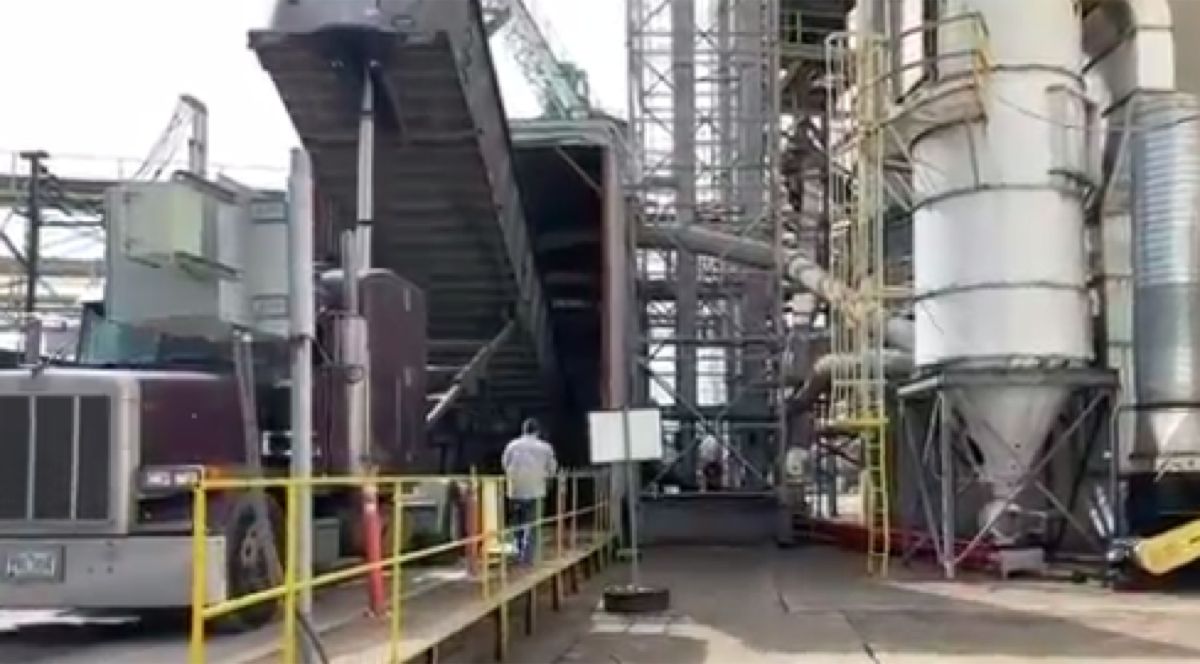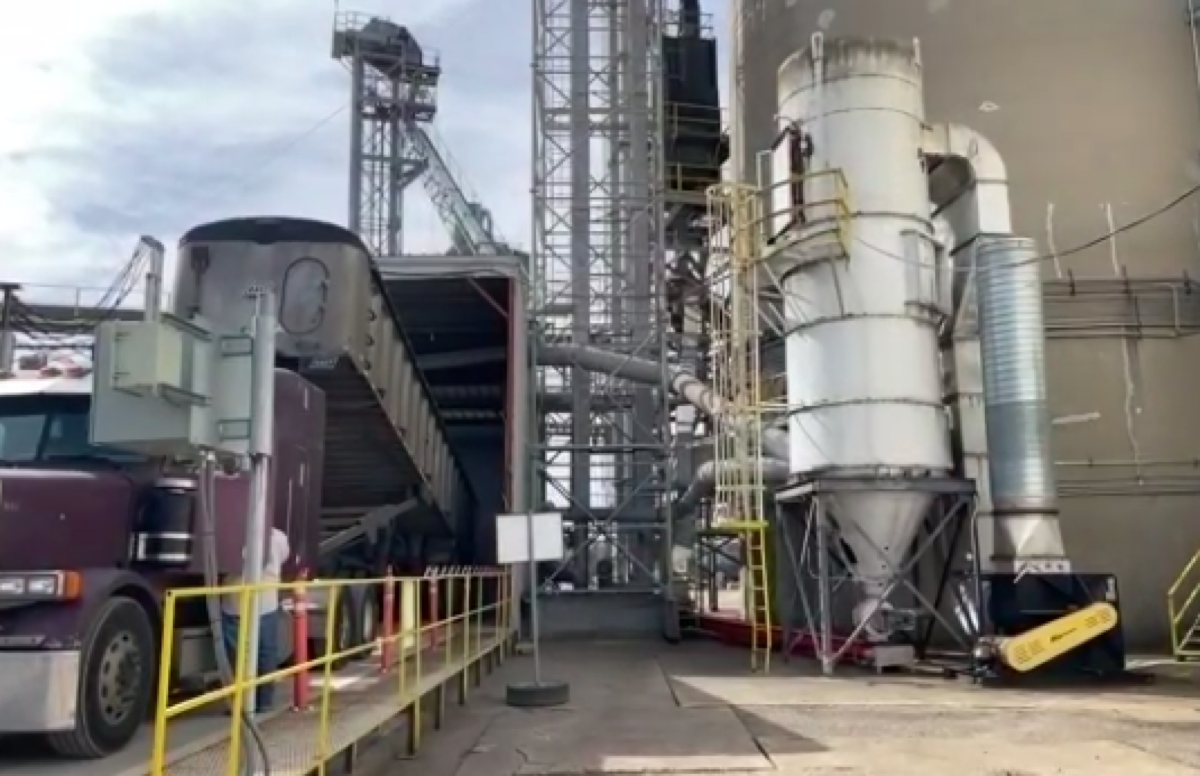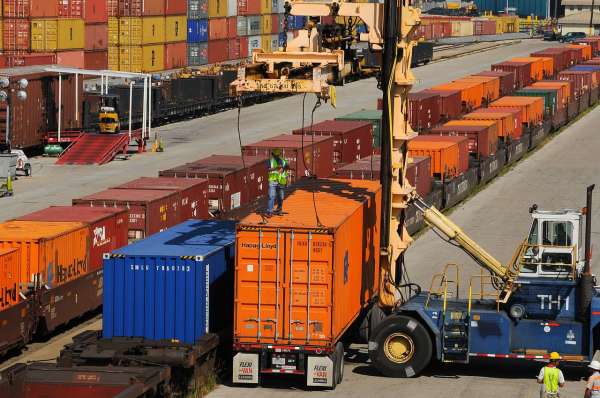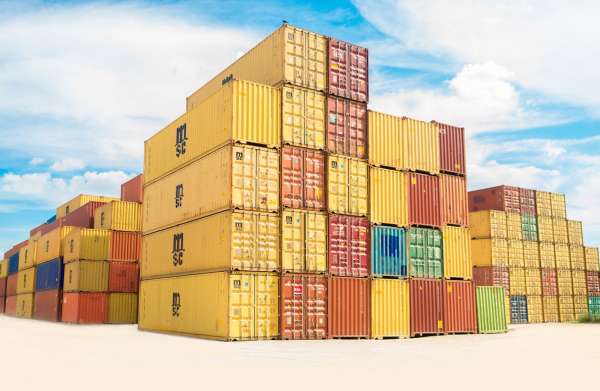Consolidated Grain and Barge’s Riverside Facility welcomed students in a recent virtual field trip. The Cincinnati facility buys grain from farmers and exports it to other places in the country and in the world.
Facility manager Doug Faber walked us through the process that begins with farmers arriving on-site with trucks of grain. The grain is checked with a probe for various quality levels such as moisture content, which determines the price offered to the grower. “All grade factors are determined by federal standards,” Scott Thibault, Origination Manager, said.

The truck then unloads the grain into a pit beneath the ground. Elevators move the grain to storage bins. The goal is to move the grain on as soon as possible. “In our New Orleans location, sometimes the grain goes right out for shipping,” Mike Hogan, Corporate Origination Manager, said.
Moving the commodities by barge makes sense financially and also for the environment. Barges are the most fuel-efficient ways to transport grain, and up to 15 barges can be connected for a tow on the Ohio River.

About half of Ohio soybeans are exported out of the country, and about half of those go to China. The soybeans that you see growing in fields around you have a long trip ahead of them. “In terms of Ohio agriculture, it’s really neat that we can execute all of these steps,” Hogan said.
Hogan, Thibault, and Faber all mentioned the pleasure of working with farmers. “We get to interact with a great group of people, our producers,” Hogan said. “We are feeding folks around the world, and it’s really interesting to see how that gets done.”
Your students can learn more about the logistics of moving commodities with this fun lesson Market to Market.





Share this